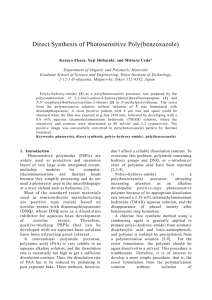Supplementary Information
advertisement
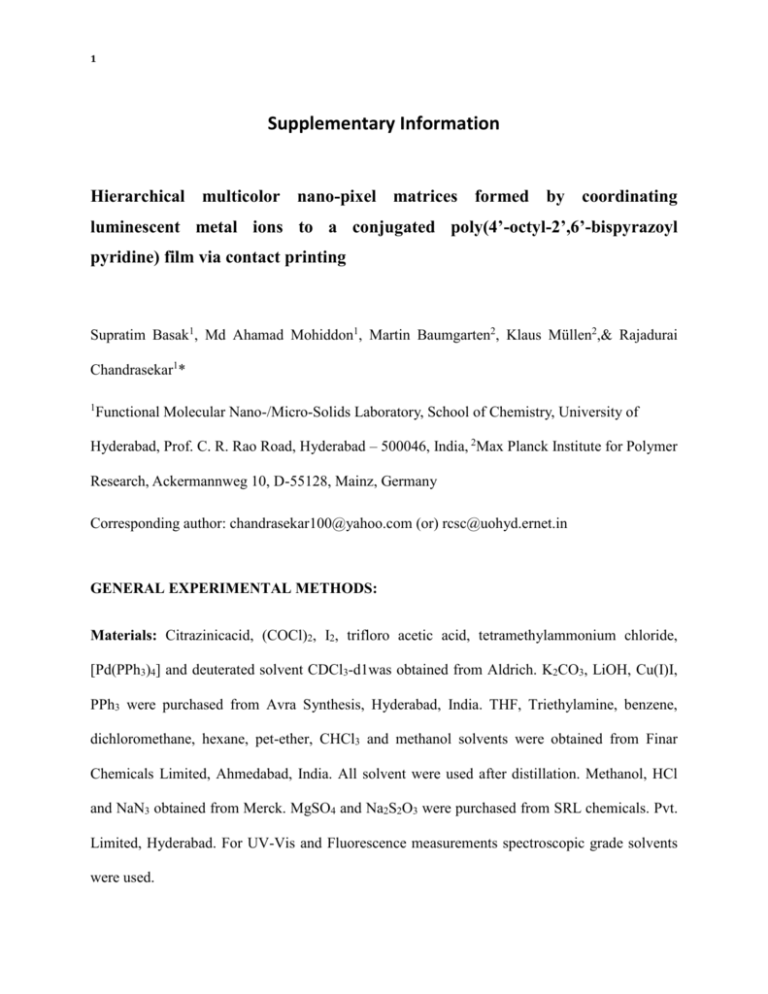
1 Supplementary Information Hierarchical multicolor nano-pixel matrices formed by coordinating luminescent metal ions to a conjugated poly(4’-octyl-2’,6’-bispyrazoyl pyridine) film via contact printing Supratim Basak1, Md Ahamad Mohiddon1, Martin Baumgarten2, Klaus Müllen2,& Rajadurai Chandrasekar1* 1 Functional Molecular Nano-/Micro-Solids Laboratory, School of Chemistry, University of Hyderabad, Prof. C. R. Rao Road, Hyderabad – 500046, India, 2Max Planck Institute for Polymer Research, Ackermannweg 10, D-55128, Mainz, Germany Corresponding author: chandrasekar100@yahoo.com (or) rcsc@uohyd.ernet.in GENERAL EXPERIMENTAL METHODS: Materials: Citrazinicacid, (COCl)2, I2, trifloro acetic acid, tetramethylammonium chloride, [Pd(PPh3)4] and deuterated solvent CDCl3-d1was obtained from Aldrich. K2CO3, LiOH, Cu(I)I, PPh3 were purchased from Avra Synthesis, Hyderabad, India. THF, Triethylamine, benzene, dichloromethane, hexane, pet-ether, CHCl3 and methanol solvents were obtained from Finar Chemicals Limited, Ahmedabad, India. All solvent were used after distillation. Methanol, HCl and NaN3 obtained from Merck. MgSO4 and Na2S2O3 were purchased from SRL chemicals. Pvt. Limited, Hyderabad. For UV-Vis and Fluorescence measurements spectroscopic grade solvents were used. 2 Table S1: Spectroscopic data of the solution/solid state absorption and emission spectra of monomer, dimer, and polymer. The band gaps were calculated from the corresponding absorption edges. SOLUTION (CHCl3) Compound Absorption λmax (nm) Excitation Emission λex (nm) λmax THIN FILM fa Absorption Emission Excitation Optical band λmax (nm) λmax (nm) λex (nm) Gap /eV 244, 268, 351 301 4.1 (nm) M 268, 301 301 330 37% 301 D 253, 317 317 344 24% 253, 320 361 320 3.87 Poly 258, 316 316 366 7% 227, 323 353, 366 323 3.83 Figure S1.TGA of the Polymer (Poly) 3 Figure S2. Comparison of the Raman spectra for bulk polymer (Poly) and dimer (D). Figure S3. Tapping mode AFM image displaying the roughness profiles: along Eu(III) printed area ~ 1.25 nm (S1), and pristine polymer film ~ 3.5 nm (S2). The printed area is ~ 1.5 nm thick compared to the polymer film (S3). 4 Figure S4. a) FESEM image of Eu(tta)3 and Tb(acac)3 cross stripes patterned reactively on a polymer (Poly) surface (scale bar is 2 μm). b and c) EDS elemental mapping of the Eu(tta)3 and Tb(acac)3 stripes indicating the presence of the corresponding ions. d) EDS mapping of a square area containing both Eu(tta)3 and Tb(acac)3, their corresponding elemental mapping is shown in Fig e and f, respectively. 5 CHARACTERIZATION DATA: 6 7 8 9 10 11
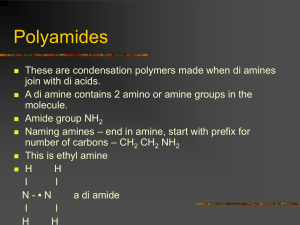


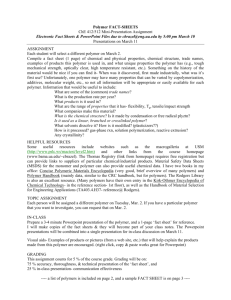




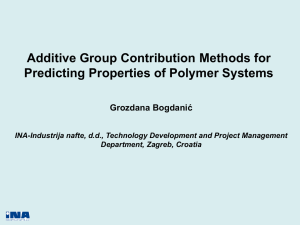
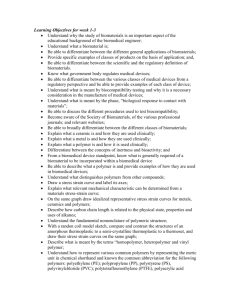
![[Rh(acac)(CO)(PPh3)]: an Experimental and Theoretical Study of the](http://s3.studylib.net/store/data/007302827_1-767d92e522279b6bdb984486560992de-300x300.png)
